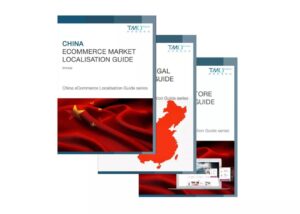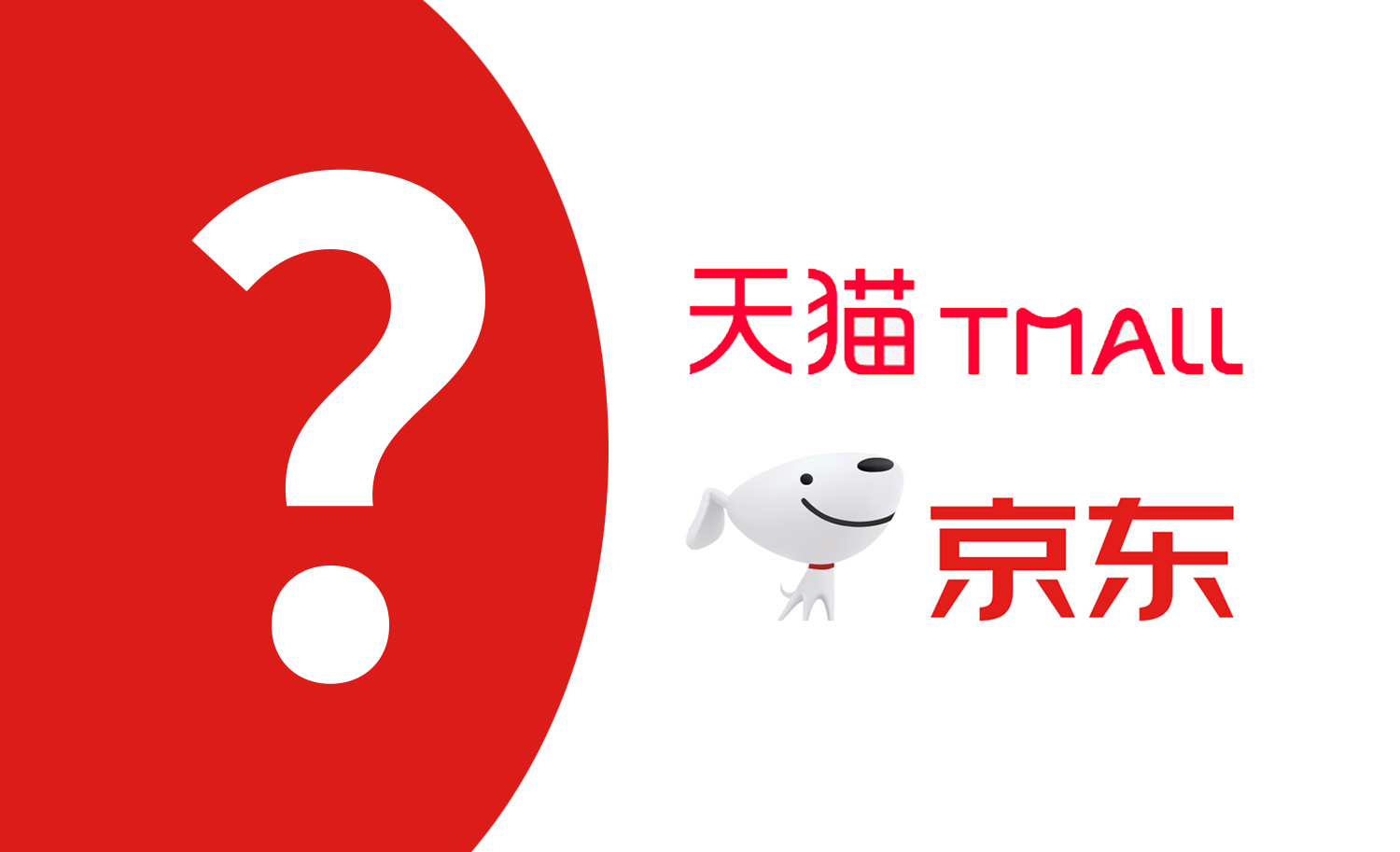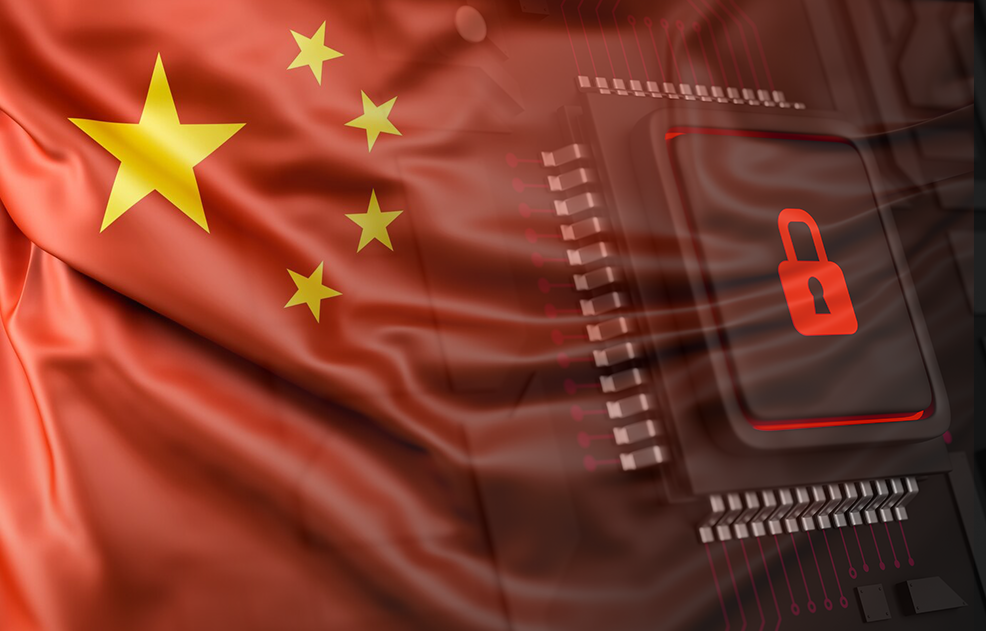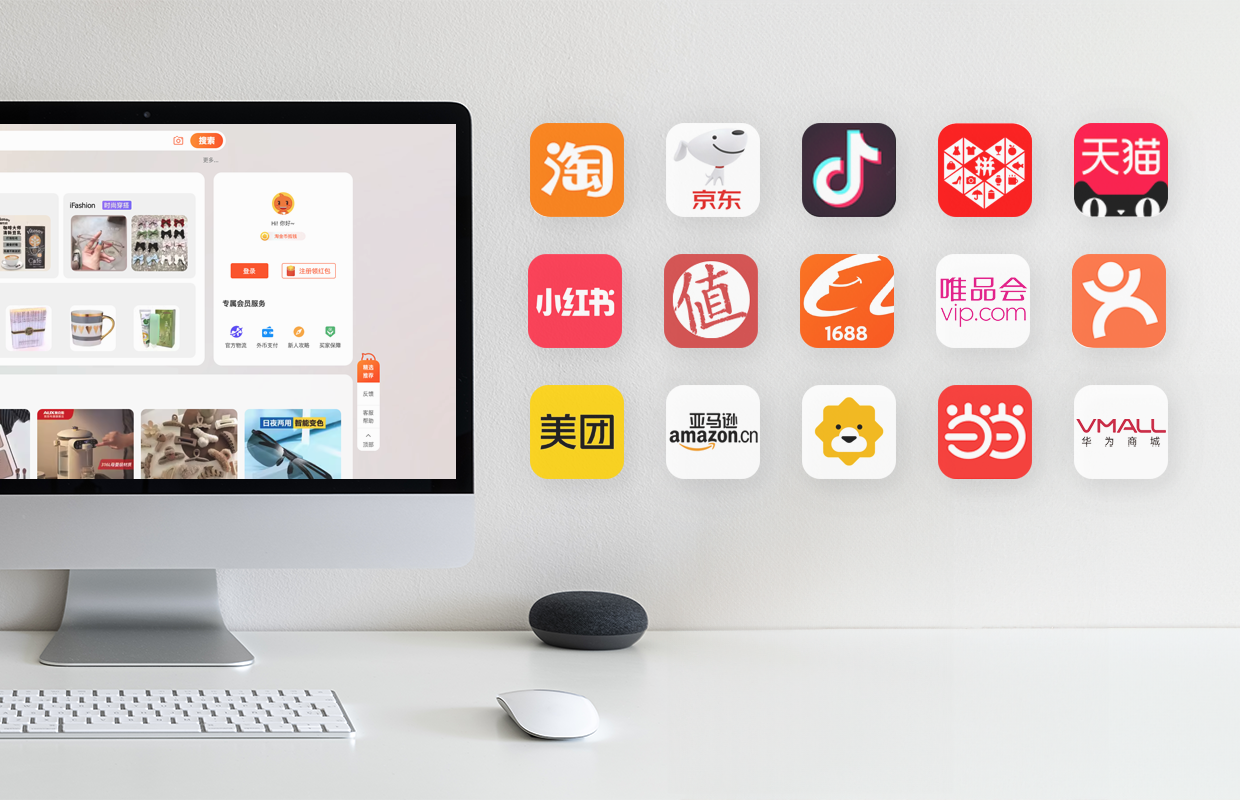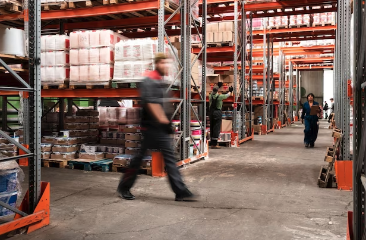Which market entry strategy is the right one for me to start on the Chinese eCommerce market? What is important when organising distribution and logistics for eCommerce in China? Focusing on starting your eBusiness in China, you encounter many questions. Many of TMO Group's clients also had these challenges. In today’s article, we share some of the things we learned in the past 20+ years.
Cross-border eCommerce as Part of Your Market Entry Strategy
Behemoths such as Tmall, Alibaba and JD.com dominate the Chinese eCommerce market. Together, these 3 account for over 80% of the total China eCommerce market share. That leaves only a small remainder for other parties, so it is no wonder competition is fierce.
However, cross-border eCommerce does offer a comparatively accessible entry strategy to foreign companies. The market is still growing and entering Chinese eCommerce comes with 2 primary advantages. First, it is subject to fewer taxes and second, there is still a growing interest from the Chinese public for foreign brands.
Using the Right Tools for the Best Results
Knowing the advantages is one thing, but how to make use of them? The preferential tax rate is based on the “Positive List”, which lists categories of products that one can import to China via cross-border eCommerce. Check our Positive List Helper now to see if your product category is included!
As for capitalizing on the existing interest in foreign brands, there are three channels to consider: a stand-alone web shop, marketplaces, and WeChat stores. All of these channels allow you to sell your products in China without the necessity to obtain a Chinese business license. Eventually the aim is to develop an omni-channel sales strategy where you might sell products both off- and online.
Interested in more details on China cross-border eCommerce or different Chinese marketplaces? We have written a lot more about sales channels and market entry strategies. Check out How to Sell in China Online with Tmall Global Cross-Border (2025)Tmall Global is one of the central channels to enter Cross Border eCommerce in China. Here are the main things you need to know to start.discover Tmall Global and How to Sell in China Online with Tmall Global Cross-Border (2025)Tmall Global is one of the central channels to enter Cross Border eCommerce in China. Here are the main things you need to know to start.how to sell on Tmall Global, or take a look at its competitor in An Alternative to Tmall: How to Sell on JD.com (2025 Update)Entry guide for Jingdong, one of China's largest online third-party marketplaces—overview, store types, requirements, process, and fees.how to sell on JD.com.
Delivering the Goods
Selling products is where it starts, but getting them to the customer is equally important. China’s logistics infrastructure used to be underdeveloped and inefficient. But, with 230 airports and an extensive high-speed rail network, getting your goods from A to B in China no longer poses any difficulties.
However, it is quite challenging to find the optimal logistics solution. Many Chinese consumers have grown accustomed to and expect reliable and quick delivery. Furthermore, the eCommerce ecosystem and logistics solutions in China continuously change. The main hurdles are import customs clearance and specific regulations. Import licenses and product registrations also make the process less transparent and straightforward.
The Ins and Outs of Import Models
To ease part of the process, the Chinese government assigned 6 cross-border eCommerce comprehensive pilot cities in 2012. These designated areas, generally near large trading ports, provide a favorable business environment and infrastructure for cross-border eCommerce. The government continuously added more cities and areas, which makes a current total of 12 zones as of January 2016.
The main feature of these pilot zones are the so-called bonded warehouses. A bonded warehouse is a building or secured area in a special customs supervision area in China. Dutiable goods are stored here before payment of duties, this usually ensures products to arrive quicker at the customer.
Read our blog from earlier this year to learn more about the Bonded Warehousing: A Solution for Cross-border eCommerce in ChinaSelling in China through Bonded Warehousing is a cost-effective approach to CBEC in 2024. Here's everything you need to know about this model.details of bonded warehouses, distribution and logistics.
Guiding You to Success
It is clear that China’s eCommerce market provides many opportunities. However, capitalising on this potential is not easy and Chinese localisation is of key importance. To find your way, use TMO Group's perfect roadmap for China cross-border eCommerce.
Are you looking for more information and tips on how to start your eCommerce business successfully in China? Then be sure to take a look at the Preview of our China eCommerce Market Localization Guide. Like what you read? Then you can directly purchase the fullChina eCommerce Market GuideThis in-depth China eCommerce Guide can help your company rise to the challenges of the Chinese market and sell via cross-border. Updated for 2020! China eCommerce Market Localization Guide here. Or contact us directly about our eCommerce solutions.
The guides are based on our 20+ years of experience and composed by our team of eCommerce market researchers. Be sure to check out our Resources page for the complete series of guides which cover: (A) eCommerce Market Localisation, (B) eCommerce Store Localisation and (C) eCommerce Legal Localisation.
Disclaimer: all pictures in this article are sourced from copyright-free platforms. If however you believe that infringement has occurred despite this, please contact us and we will remove the offending image immediately.



